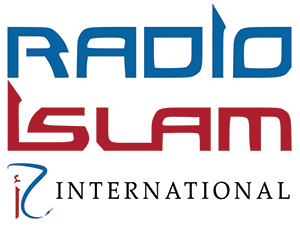Democracy can be a complicated thing. Most scholars will state that there are two main types of democracies around the world, viz. direct and representative. However, several governments offer their own specific take on democracy, making for different types of democracies.
Direct Democracy
When you think of a democracy where people run everything, you are thinking of a direct democracy. For laws and government changes, people vote directly rather than having anyone represent them. Everything from fixing the roads to raising taxes requires the people vote. If a large group thinks something is an issue, it can be brought to the government.
While direct democracies are hard to find in reality, Switzerland is close to the best example. The government of Switzerland uses popular initiatives, optional referendums and mandatory referendums to oppose amendments and demand bills. The nation also votes on all issues through popular vote.
Types of Direct Democracy
There are two schools of thought when it comes to a direct democracy.
A participatory democracy is one where the people use initiative and referendums to make a contribution to their government. This allows every person to make a meaningful contribution, like what you find in Switzerland.
Another direct democracy theory is the deliberative theory. In this theory, citizens would deliberate government policies and reforms among themselves to generate the best policies and laws for everyone.
Representative Democracy
By far the most common form of democracy across the world is representative democracy. If you live in a representative democracy, you’ll vote in the people who will represent you at the regional to the legislative and executive level. This small group of politicians are supposed to represent the needs and thoughts of the people that voted them in.
Depending on the governing body, a representative government can be broken down into different subsets of a democratic government.
Parliamentary Democracy
In a parliamentary democracy, the power is given to the legislative branch of the government through the parliament and the prime minister. These governments also have an executive branch but with less power.
The United Kingdom is a great example of a parliamentary democracy. The U.K. parliament is broken down into the House of Commons and House of Lords. These houses, along with the prime minister, work to make laws, check government spending and review the work of the government. The judicial branch is headed by a monarch.
India also uses a parliamentary democratic government. Unlike the U.K., India’s head of state is the president.
Presidential Democracy
A presidential democracy is the opposite of a parliamentary democracy. In a presidential democracy, the executive branch has the power. The people elect a president to head the government. However, the president is kept in check by the legislative branch.
The United States and Nigeria are examples of presidential democracies. The executive branch includes the president and his cabinet. Along with the judicial and legislative branch, the three branches of government work to keep checks and balances, but the president has final say.
Authoritarian Democracy
In an authoritarian democracy, some people, specifically the wealthy and elite, direct the power of the government. These regimes adopt the government models that are generally associated with a democracy, including executive and legislative branches, but the government itself is not in the hands of the people. Additionally, if it is a small group of elites who are governing, then it might be called an elite democracy.
There are not many examples of an authoritarian democracy. Many will point to Russia since it includes elections and a legislature, but the government is currently led by the Vladimir Putin regime.
Religious Democracy
This is where secular laws and the people meet to create the principles of the government. The most common example is an Islamic democracy. This is where the laws of Islam are what guide policy creation. The leaders of this democracy must also follow the teachings of Islam. However, these leaders are elected to their positions by the people.
Afghanistan and Pakistan have executive, judicial and legislative branches of government that are guided by the laws of Islam and the Qur’an. These governments also have a constitution and representatives are chosen by the people.





0 Comments